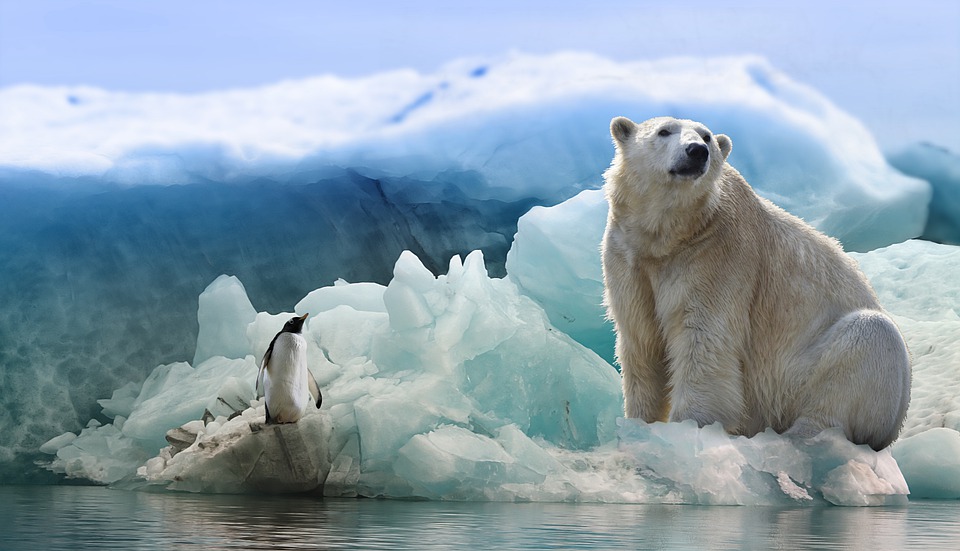
The north and south poles are critical to the planet’s climate. The mass amount of ice in both regions acts as the earth’s refrigerators to cool it. It is no secret that the ice is diminishing and threatening our planet. Some experts estimate that the Arctic is warming up to four times faster than the rest of the planet. This is mainly due to ice loss.
Now scientists are suggesting that refreezing the poles is feasible and cost-efficient. How it would work is that high-flying aircraft would spray microscopic aerosol particles into the atmosphere in both poles at latitudes of 60 degrees north and south. These particles would drift toward the poles, shading the surface area below. Deflecting back into space, a small fraction of the incoming solar radiation would be enough to refreeze the poles and stop the melting ice and rising sea levels. The treatment could reduce the temperatures by 3.6°F (2°C), returning the poles near their pre-industrial average temperatures.

This process, called stratospheric aerosol injection (SAI), would cost $11 billion per year. That is a hefty price tag but costs much less than other climate mitigation alternatives. It is only one-third the cost of cooling the entire planet by the same amount and just a fraction of the cost of reaching net-zero emissions. It is also much cheaper than carbon capture and storage methods.

What are the drawbacks?
The tradeoffs are numerous and need to be considered. Of course, the planes that release the aerosol would release their own emissions. Also, the aerosol would be made up of sulfur dioxide, which can cause nausea, vomiting, stomach pain, and damage to the airways and lungs, but only at high levels. It is estimated that only one percent of the world’s population lives in the area where the particles would be disbursed, thus only minor human interaction.
Additionally, the idea does not tackle the underlying cause of climate change. Instead, it is simply treating a symptom. Additional measures to combat climate change for long-term sustainability would be beneficial.
The clock is ticking on taking action to fight climate change. Doing something will be better than doing nothing. Is this part of the answer to the problem? Given the feasibility and potential global benefit of SAI, the prospect of it warrants greater attention.

We really need to jump on alternative solutions like this one, as simply cutting green house gas emissions will never get us there (but is still necessary). We’ve past the point of no return.
Why not satellites with huge deployable sun-shades? No emissions there once launched, and you can deploy and stow them on command. If we can cool the poles even a little, it could help a lot.
Finally a positive proactive suggestion. Let’s give it a go.
Here is an imaginative solution.